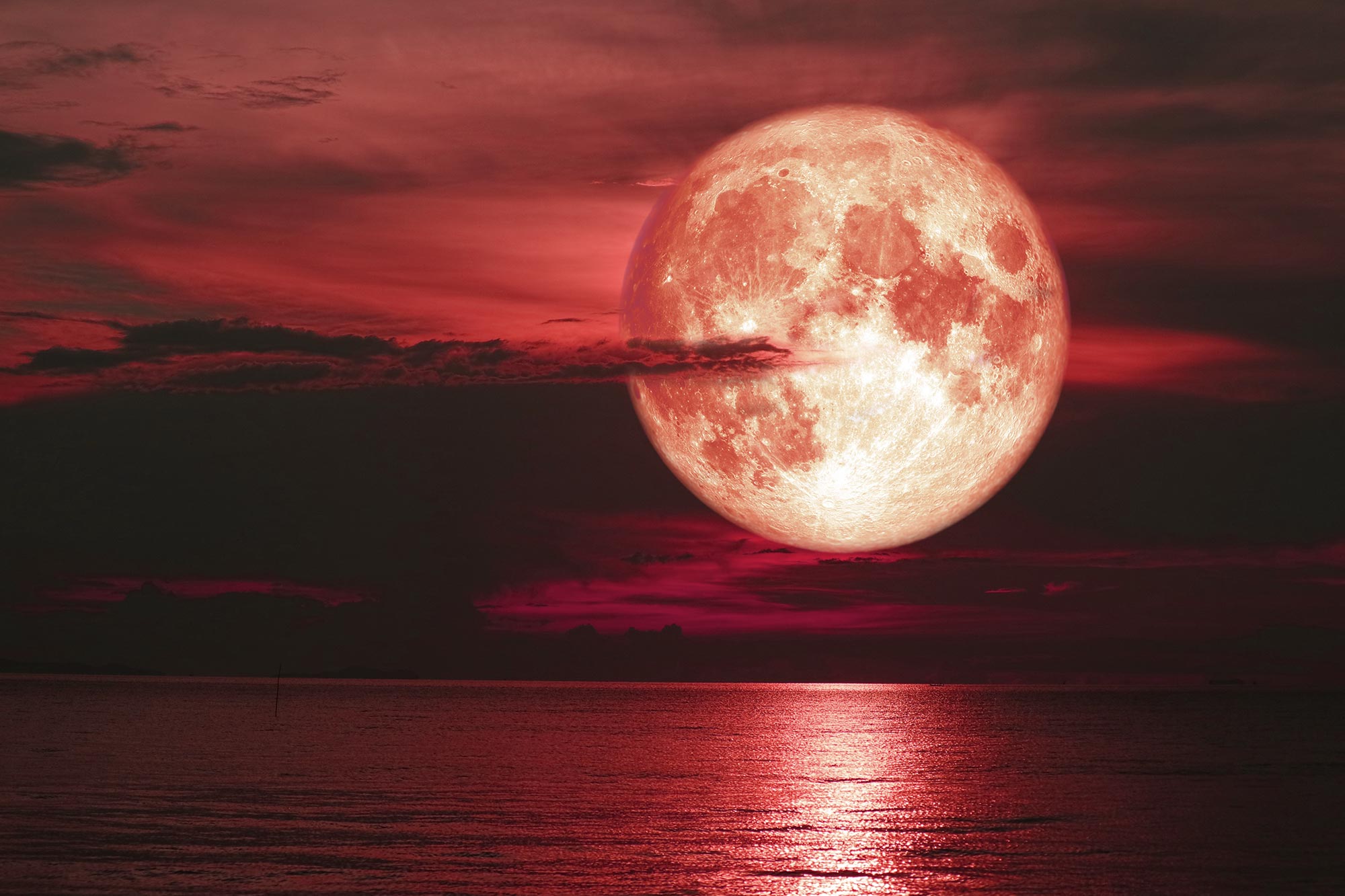Overview of the Strawberry Moon
The Strawberry Moon is one of the most celebrated full moons of the year, captivating the imagination and reverence of people across various cultures. Typically occurring in June, this celestial event is marked by its unique name, which is derived from the time of year when strawberries are harvested. Unlike what the name might suggest, the Strawberry Moon doesn’t necessarily appear red or pink; rather, it represents the ripening of fruits and the arrival of summer.
Importance and Cultural Significance
The importance of the Strawberry Moon extends beyond its astronomical interest. It holds cultural and spiritual significance, particularly among Native American tribes, who named it to coincide with the strawberry-picking season. Globally, this moon is a time of celebration, reflection, and anticipation of the summer season. Understanding the multifaceted significance of the Strawberry Moon enriches our appreciation of this natural phenomenon.
Astronomical Background
Definition of a Full Moon
A full moon occurs when the Earth is positioned directly between the Sun and the Moon, causing the Moon's surface to be fully illuminated as viewed from Earth. This phase is part of the lunar cycle, which spans approximately 29.5 days and includes various stages such as the new moon, first quarter, and last quarter.
Lunar Cycles and Phases
The lunar cycle consists of eight distinct phases:
- New Moon
- Waxing Crescent
- First Quarter
- Waxing Gibbous
- Full Moon
- Waning Gibbous
- Last Quarter
- Waning Crescent
The Strawberry Moon is a full moon that occurs when the lunar phase aligns with the specific timing of the strawberry harvest, typically in June.
Timing and Occurrence of the Strawberry Moon
When is Strawberry Moon? The Strawberry Moon usually appears in June, though the exact timing can vary each year due to the complexities of the lunar cycle. It often aligns with the summer solstice, enhancing its significance as a herald of the new season. Astronomers use precise calculations to predict the exact date and time of this full moon, allowing enthusiasts to prepare for its viewing.
Historical Context
Origins of the Name "Strawberry Moon"
The name "Strawberry Moon" is attributed to the Algonquin tribes of North America. They named it for the strawberry harvesting season, which typically falls in June. This nomenclature reflects the tribes' close connection to the natural world and their reliance on lunar cycles to guide their agricultural practices.
Ancient Civilizations and Lunar Observations
Ancient civilizations around the world have long observed the moon, attributing various names and meanings to its phases. The Strawberry Moon, like other full moons, was significant in agricultural societies that depended on lunar cycles for planting and harvesting.
Historical Celebrations and Traditions
Historically, the Strawberry Moon was celebrated with various rituals and festivals. Native American tribes would hold gatherings and feasts to mark the beginning of the strawberry season. Similarly, in other parts of the world, this full moon signaled important agricultural milestones and community events.
Cultural Significance
Native American Traditions
For many Native American tribes, the Strawberry Moon signaled the start of the strawberry harvest and was a time for gathering and celebrating. These celebrations included rituals, storytelling, and communal feasts, underscoring the importance of the moon in their cultural and agricultural practices.
Global Cultural Interpretations
The Strawberry Moon has different names and significance across cultures. In Europe, it is sometimes called the "Rose Moon" or "Honey Moon," reflecting the blooming of roses and the time of honey harvest. Each culture’s interpretation of this full moon adds a layer of richness to its overall significance.
Modern Celebrations
Today, the Strawberry Moon is celebrated by moon enthusiasts and cultural groups alike. Events such as moon watching parties, photography contests, and educational workshops are common. These modern celebrations help keep the traditions alive and foster a deeper connection to the natural world.
Scientific Explanation
Astronomy Behind the Strawberry Moon
The Strawberry Moon occurs due to the alignment of the Earth, Moon, and Sun, with the Earth positioned in the middle. This alignment causes the Moon's surface to be fully illuminated by the Sun's light. The specific timing in June aligns with the period when strawberries ripen, giving the moon its unique name.
Impact on Tides and Wildlife
Like all full moons, the Strawberry Moon influences ocean tides due to the gravitational pull exerted by the Moon and the Sun on Earth. This effect, known as spring tides, results in higher and lower tides than usual. Additionally, the increased brightness of the full moon can affect the behavior of nocturnal wildlife, influencing feeding and mating patterns.
Variations in Appearance
The appearance of the Strawberry Moon can vary depending on atmospheric conditions and the observer's location. While it doesn’t typically appear pink, the moon can take on a golden or amber hue when it is low on the horizon. This effect is due to the scattering of light through the Earth’s atmosphere, which filters out shorter wavelengths of light.
Viewing the Strawberry Moon
Best Times and Locations for Viewing
The best time to view the Strawberry Moon is during its rise and set, when it appears largest and most colorful. Ideal viewing locations include areas with low light pollution and unobstructed views of the horizon, such as open fields, beaches, or elevated terrains.
Tips for Observing the Moon
To enhance your moon-watching experience, consider the following tips:
- Use a lunar calendar to know the exact date and time of the full moon.
- Find a dark location away from city lights.
- Bring binoculars or a telescope for a closer look.
- Check the weather forecast to ensure clear skies.
Photography Tips for Capturing the Moon
Capturing the beauty of the Strawberry Moon requires some preparation:
- Use a tripod to keep your camera steady.
- Set your camera to manual mode for better control over exposure and focus.
- Experiment with different shutter speeds and apertures.
- Include foreground elements like trees or buildings for added interest.




